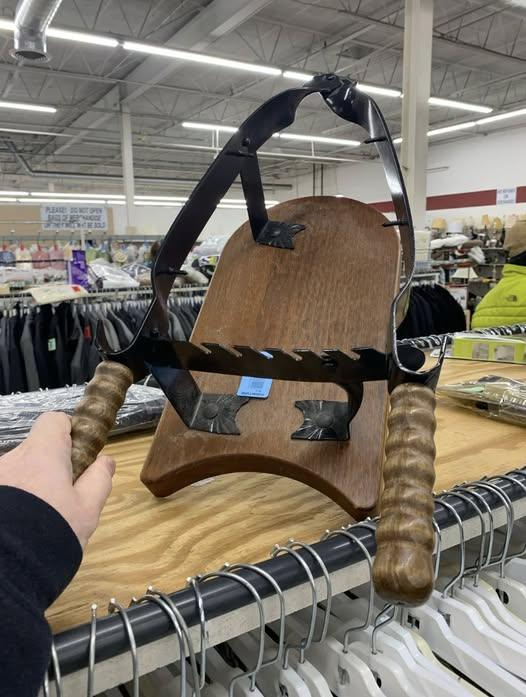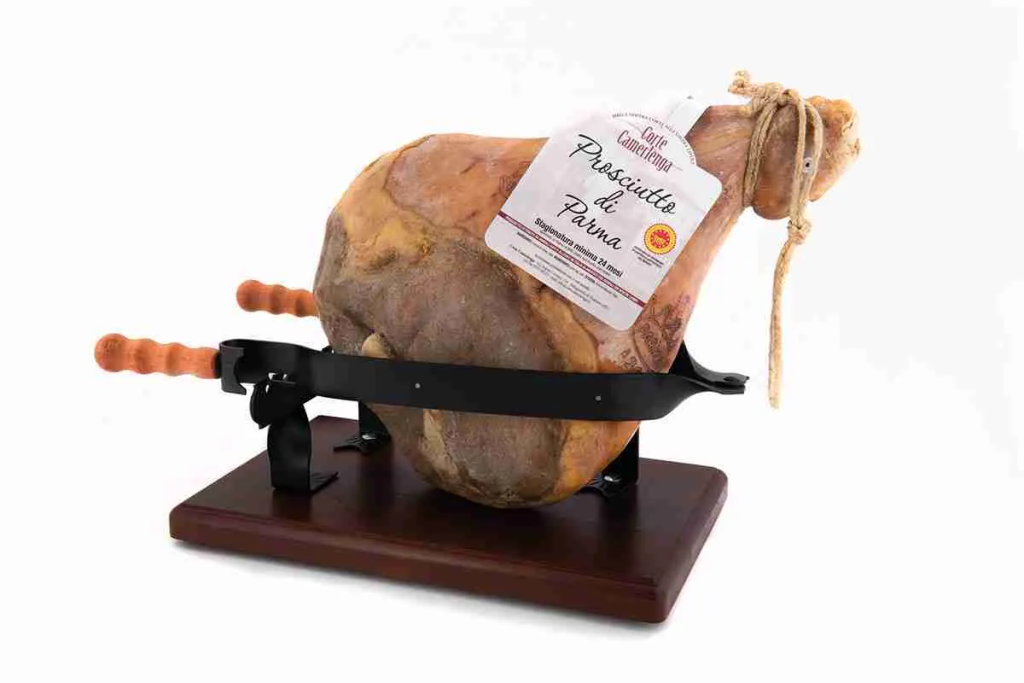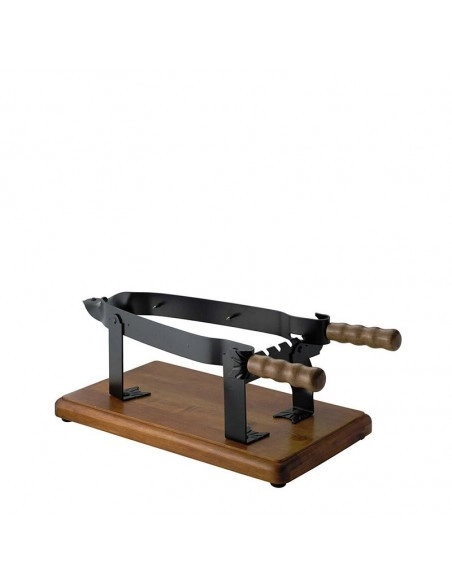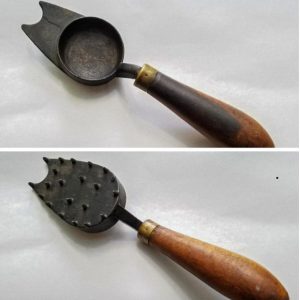Picture this: a lazy Sunday afternoon, sunlight pouring through lacy kitchen curtains, and the scent of freshly baked bread filling the air. In the center of it all is Nonna—warm smile, skilled hands, and a massive leg of prosciutto perched proudly on a wooden ham rack. She slices with ease, each paper-thin piece falling gracefully onto a platter, ready to be devoured. For many of us, moments like these aren’t just about food—they’re about family, ritual, and the timeless comfort of tradition.

More Than a Cooking Tool
While it may look like a simple wooden holder, the prosciutto stand is anything but basic. It’s a symbol. A symbol of culinary craftsmanship passed down through generations, a fixture in Mediterranean homes, and a quiet hero in the art of slow, intentional cooking. This stand has anchored kitchen tables and market counters for centuries—its role essential, its presence deeply nostalgic.
Rooted in Ancient Preservation Traditions
The origins of the prosciutto stand can be traced back to ancient Roman times, when meat preservation wasn’t a trend—it was a necessity. Salt curing was the go-to method for preserving ham, especially in regions like Parma, where prosciutto became a prized delicacy.
Back then, slicing a leg of ham wasn’t a quick job. It required skill, patience, and a steady base. Enter the ham rack. Though the early designs were likely rudimentary, the concept was clever—stabilize the meat to ensure clean, consistent slices. As the centuries passed, this tool evolved, spreading through medieval Europe and eventually becoming a staple in homes and butcher shops by the 19th century.
Video: Costco Serrano ham
A Centerpiece of Mediterranean Celebration
In places like Italy and Spain, food is rarely just food. It’s the centerpiece of holidays, weddings, and impromptu gatherings that stretch long into the night. The prosciutto stand plays its part perfectly. With the leg of ham on display, it’s not just a dish—it’s an invitation to come closer, to participate, to enjoy.
Imagine balconies in southern towns, laughter echoing off cobblestones, and the unmistakable aroma of cured meat mingling with the breeze. The ham rack is there too, holding steady as generations toast to life, love, and family.
A Link Between Diaspora and Homeland
When Italian and Spanish immigrants spread out across the globe in the 20th century, they brought more than language and music. They brought food. And with it, tools like the prosciutto stand.
For immigrant families far from their roots, the stand became a tangible connection to home. Restaurants displayed it proudly as a nod to authenticity. At home, it helped carry on culinary rituals, offering comfort and familiarity in foreign lands. It wasn’t just a cooking accessory—it was a cultural anchor.
Where Old Meets New: A Design Icon in Modern Kitchens

Today’s prosciutto stands are no longer confined to rustic kitchens. You’ll find them in high-end restaurants, modern farmhouses, and sleek urban apartments. Some are crafted with minimalist elegance—steel, plexiglass, and polished wood—while others retain that vintage charm with weathered oak and iron clamps.
But no matter how it’s styled, its purpose remains the same: to elevate the act of slicing ham into something special. Something intentional. Something worth gathering around.
Why This “Simple” Object Still Matters
In a world obsessed with speed and convenience, the prosciutto stand reminds us to slow down. To savor the process. To appreciate the small rituals that connect us to generations before us.
It’s not flashy. It’s not digital. It doesn’t beep or sync with your smartphone. And that’s exactly why it’s so powerful. It holds a leg of meat, yes—but it also holds centuries of tradition, countless family memories, and the unspoken understanding that food is love.
The Legacy on Your Table
Video: DIY – Presunto Stand
If you’ve ever enjoyed a slice of prosciutto so delicate it melts on your tongue, you’ve already experienced the end result of what this humble stand was built to support. But the next time you see one—whether at a market, in a kitchen, or nestled between plates at a family gathering—take a second look.
Notice the grain of the wood. The wear on the clamps. The way it cradles the ham like an old friend. These aren’t just signs of age. They’re signs of use. Of purpose. Of stories told over dinner and lessons passed on not with words, but with action.
Conclusion
The prosciutto stand may seem like a minor character in the grand drama of culinary history, but its impact is anything but small. It’s a functional piece of heritage, a quiet witness to celebrations, and a bridge between old traditions and new rituals.

Whether you’re reliving childhood Sundays in Nonna’s kitchen or just discovering the joys of traditional cured meats, this simple wooden stand carries a legacy that’s rich, delicious, and worth preserving. So next time you gather for a meal, remember: some of the best stories don’t come from books. They come from the table


